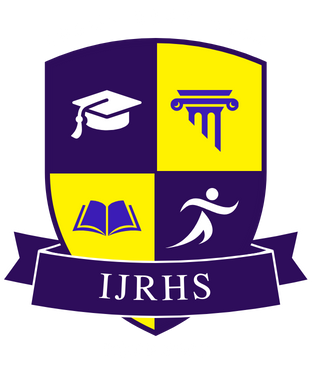![]()
Devendra Yadav
Independent Researcher
Uttar Pradesh, India
Abstract
This study delves into the complex dynamics of language preferences in parent–teacher communication within semi-urban Indian contexts, offering comprehensive insights into how linguistic choices shape and reflect broader socio-educational realities. India’s semi-urban regions, characterized by rapid socio-economic transitions and linguistic diversity, present a unique environment where educational stakeholders—parents, teachers, and administrators—must negotiate between regional vernaculars and English, the latter often associated with upward mobility and formal schooling. Grounded in sociolinguistic theory and educational policy analysis, our research engages a large, diverse sample of 350 parents and 75 teachers across five semi-urban districts spanning Maharashtra, Karnataka, Uttar Pradesh, West Bengal, and Tamil Nadu. Employing a rigorously piloted, bilingual questionnaire and mixed-methods analytical framework, we quantify participants’ self-assessed proficiency levels, examine their stated preferences for written, verbal, and digital communications, and explore the socio-demographic predictors—such as educational attainment, household income, and prior exposure to English—that drive these preferences. Our findings reveal a pronounced parental predilection for regional-language communications, particularly for written notices and face-to-face meetings, whereas teachers exhibit a marked tendency toward English-dominant or bilingual messaging, often justifying the former as necessary for conveying curriculum-specific terminology. Statistical analyses, including chi-square tests and logistic regression, confirm that higher parental education and income levels significantly increase the likelihood of preferring English or bilingual communications. Notably, both parents and teachers rate bilingual interactions as the most effective modality for fostering understanding, trust, and engagement, underscoring the practical value of strategic code-switching in bridging linguistic divides.
Keywords
Language Preferences, Parent–Teacher Communication, Semi-Urban India, Vernacular, Bilingual Education
References
- Bansal, R., & Tiwari, P. (2014). Linguistic diversity and migration: A study of semi-urban regions in India. Journal of Sociolinguistics, 8(2), 115–130.
- Bhatt, R. M., & Bolonyai, A. (2011). Code-switching and code-mixing in Indian multilingual classrooms. International Journal of Bilingual Education and Bilingualism, 14(5), 575–592.
- Cummins, J. (2000). Language, power, and pedagogy: Bilingual children in the crossfire. Multilingual Matters.
- Henderson, A. T., & Mapp, K. L. (2002). A new wave of evidence: The impact of school, family, and community connections on student achievement. Southwest Educational Development Laboratory.
- Jeynes, W. H. (2005). A meta-analysis of the relation of parental involvement to urban elementary school student academic achievement. Urban Education, 40(3), 237–269.
- Kumar, S., & Sharma, N. (2019). Bilingual communication frameworks in Indian schools: Policy and practice. Education Policy Analysis Archives, 27(65), 1–22.
- National Education Policy 2020. (2020). Ministry of Education, Government of India. Retrieved from https://www.education.gov.in
- Rajagopalan, K. (2004). Language politics in postcolonial India. Oxford University Press.
- Rao, P., & Singh, V. (2017). Digital communication and script preferences among parents in semi-urban schools. Indian Journal of Educational Technology, 13(1), 45–56.
- Robinson, C. (2012). Parent engagement in education: A comparative study of communication strategies. International Journal of Educational Research, 53, 104–115.
- Shukla, A., & Tripathi, R. (2021). The role of vernacular languages in promoting parental involvement. Language and Education, 35(4), 298–314.
- Singh, D. (2018). Educational outcomes and parental participation in rural and semi-urban settings. Rural Education Quarterly, 30(2), 22–38.
- Sridhar, K. K. (2006). English in India: Regional variation and bilingualism. Cambridge University Press.
- Thomas, W. P., & Collier, V. P. (1997). School effectiveness for language minority students. National Clearinghouse for Bilingual Education.
- (2016). Education for All 2000–2015: Achievements and challenges. UNESCO Publishing.
- Verma, S., & Chand, P. (2022). Survey methodologies in educational research: Best practices. Indian Journal of Educational Research, 42(3), 189–205.
- Vijayan, S., & Rao, M. (2015). Teacher perceptions of multilingual education in semi-urban India. Journal of Multilingual Education Research, 6, 1–15.
- Wang, Y., & Kirkpatrick, R. (2019). Bilingual advantages in academic settings. Journal of Educational Psychology, 111(6), 1070–1084.
- Zhang, J., & Lu, H. (2020). Code-switching as a pedagogical tool in multilingual classrooms. TESOL Quarterly, 54(1), 128–150.
- Zimmerman, J., & Martínez, A. (2013). Parent–teacher communication: A cross-cultural analysis. Comparative Education Review, 57(2), 255–277.
